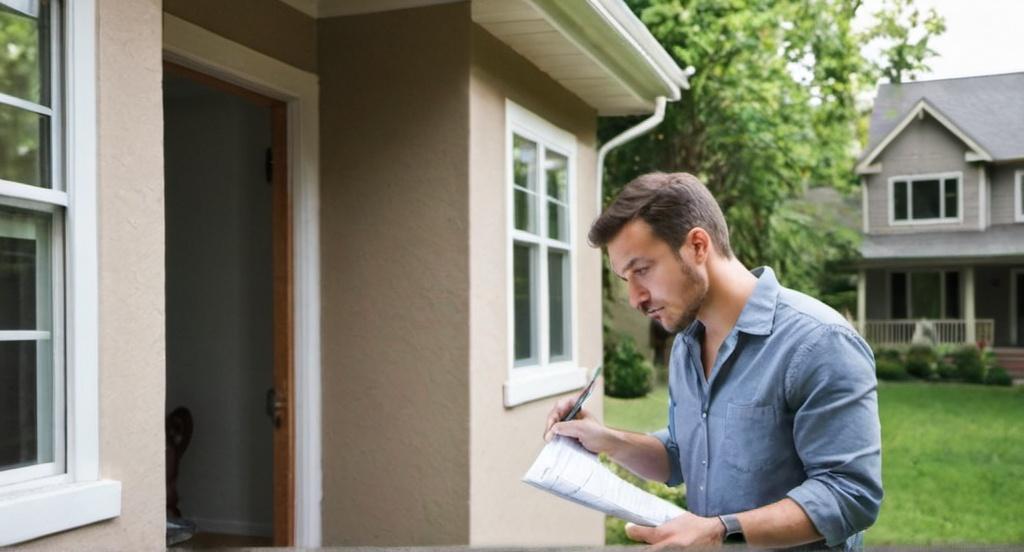Key Take Aways about Raw land (undeveloped) as Investment Properties
- Raw land is a potential investment for those with patience and vision, offering low upkeep and long-term value growth.
- Key value drivers include location, proximity to infrastructure, and zoning laws.
- Challenges include lack of immediate income, potential slow resale, and property taxes.
- Financing land purchase often requires a large down payment and higher interest rates.
- Success stories highlight risks and rewards—early planning and insight are crucial for capitalizing on land investments.

The Appeal of Raw Land as an Investment
Investing in raw land, or undeveloped properties, might sound like a wild concept, especially for newbies. You’re probably thinking, “Why buy a piece of dirt when you can get something that’s already delivering rent?” Fair question. But here’s the catch: land isn’t just about what it is now, it’s about what it can become. It’s like buying a blank canvas. Sure, it looks plain today, but fast forward a few years, and you might have a masterpiece on your hands.
The beauty of raw land is that it doesn’t need much upkeep. No roofs to fix, no pesky tenants to chase, no unexpected repair bills. It just sits there, quietly growing in value like a stock portfolio you forgot about. It’s a hands-off investment for those who can play the long game and have a bit of patience.
Factors Driving Land Value
To make money here, you’ve got to know what drives land value. Location rings the loudest bell. Land near growing cities, planned infrastructure projects, or future commercial developments is hot stuff. Picture buying property before the nearby downtown decides to double in size. The demand goes up, and so does your land’s worth.
Another crucial factor? Zoning laws. These dictate how the land can be used. Whether it’s residential, commercial, or agricultural, the zoning can make or break future profit. You wouldn’t want to end up with a prime plot only to find out you can’t build the dream mansion or that coffee shop you envisioned.
Potential Drawbacks
Like any investment, buying raw land isn’t all sunshine and rainbows. The biggest hurdle? It doesn’t generate income right away. You’re not getting weekly rent checks or reaping the benefits of a 12-month lease. And selling might take time. It’s not like flipping stocks where you click a few buttons and boom—you’re out. Real estate requires patience.
Taxes and fees are another downer. Landowners need to pay property taxes regardless of what they plan to do with it. Plus, if they’re not careful, they might end up with land in an area where development is moving slower than a sloth on a Sunday.
Financing Raw Land
Getting a loan for raw land isn’t as straightforward as buying a house. Lenders see it as risky since there’s no structure generating income. They often require a significant down payment and higher interest rates. Some folks find private loans or even tap into personal savings. Self-financing might sting initially, but it can lead to gains later.
Real-Life Stories
Consider Joe, who spotted a piece of land at the edge of his city. Folks thought he was crazy. Fast-forward a few years, and that spot is now a bustling shopping district. Joe’s little gamble turned out to be a gold mine. Then there’s Sarah, who bought land thinking the highway expansion would boost its value. Turns out, bureaucracy moves at a snail’s pace. Though she’s still waiting for the payday, she’s playing the long game with minimal upkeep.
Conclusion
Investing in raw land isn’t everyone’s cup of tea, but for those with a bit of vision and patience, it can be a rewarding venture. It’s about seeing beyond the dirt and recognizing the potential beneath it. Whether it’s the promise of a future city expansion, understanding zoning laws, or simply waiting for the right moment to cash in, land can be a savvy addition to your investment portfolio. Just remember to brush up on local regulations and keep an eye on growth trends; you might find your own patch of earth worth more than its weight in gold.